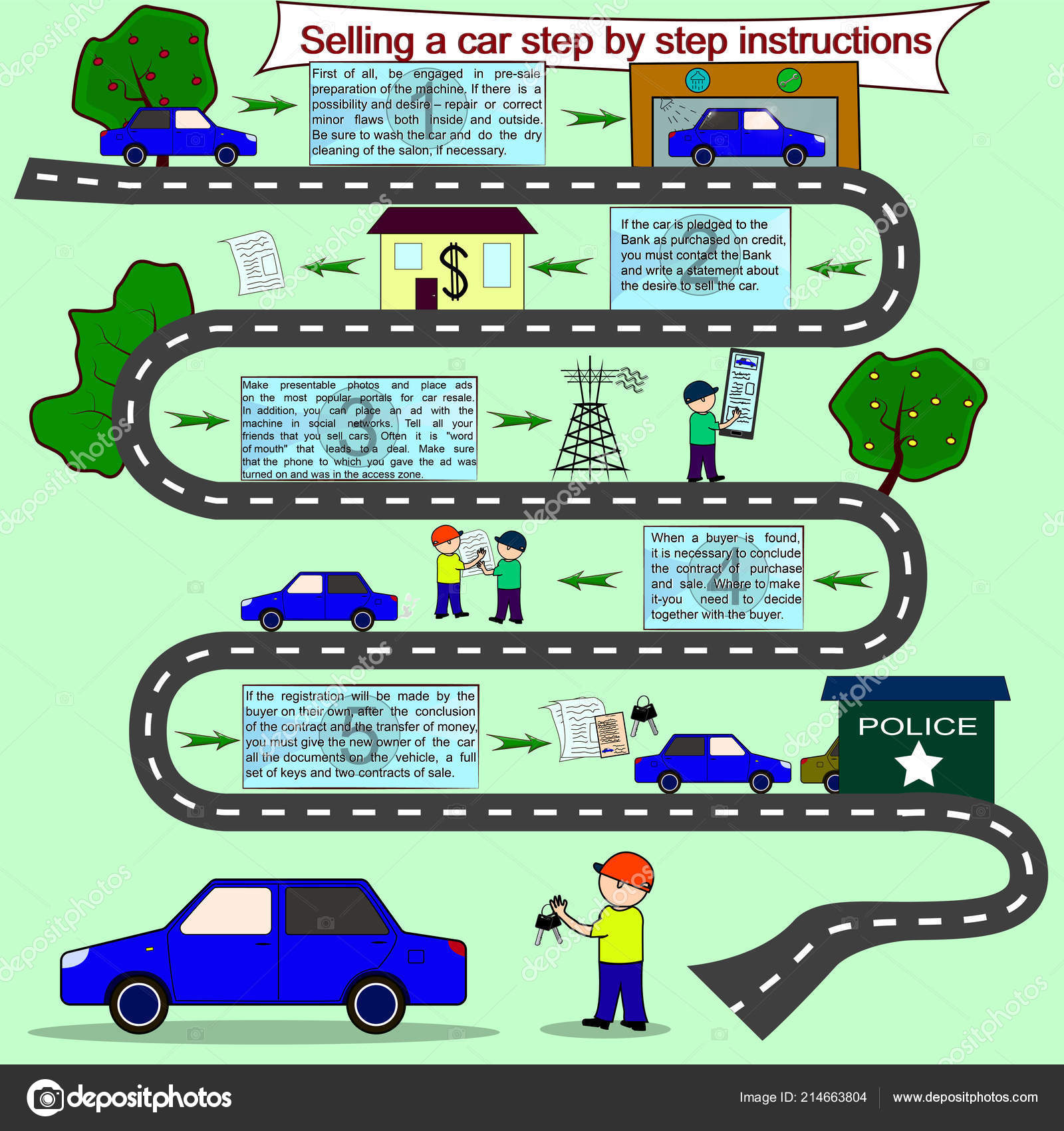When you lag the wheel, those glowing caution lights on your dashboard can be a bit difficult. Do you understand what they're trying to tell you concerning your cars and truck's health? Recognizing the relevance of these lights is vital for your security and the longevity of your automobile. So, the next time one of those lights turns up, would not you wish to analyze its message accurately and take the essential steps to address it?
Common Caution Lighting and Interpretations
Identify common warning lights in your car and understand their meanings to guarantee risk-free driving.
One of the most common warning lights consist of the check engine light, which indicates concerns with the engine or discharges system. If this light comes on, it's vital to have your car checked without delay.
The oil pressure advising light indicates reduced oil stress, needing prompt attention to avoid engine damage.
look at this now flashing battery light might recommend a damaged billing system, potentially leaving you stranded otherwise resolved.
The tire pressure monitoring system (TPMS) light alerts you to reduced tire pressure, impacting lorry stability and fuel effectiveness. Ignoring this could bring about unsafe driving problems.
The abdominal muscle light indicates an issue with the anti-lock stopping system, jeopardizing your ability to stop promptly in emergency situations.
Finally, the coolant temperature alerting light warns of engine overheating, which can result in severe damage if not solved quickly.
Recognizing carcleaningpakuranga will certainly aid you deal with concerns quickly and keep secure driving problems.
Importance of Prompt Focus
Comprehending the common warning lights in your car is just the first step; the value of immediately resolving these cautions can't be highlighted sufficient to ensure your safety when traveling.
When a caution light brightens on your control panel, it's your car's means of connecting a possible issue that needs interest. Overlooking these warnings can lead to more extreme problems in the future, jeopardizing your safety and potentially costing you extra out of commission.
Motivate interest to alerting lights can protect against break downs and accidents. As an example, a flashing check engine light can suggest a misfire that, if left neglected, can create damage to the catalytic converter. Addressing this promptly can save you from an expensive fixing.
Likewise, a brake system cautioning light may indicate reduced brake liquid or used brake pads, vital parts for your security when driving.
Do It Yourself Troubleshooting Tips
If you notice a warning light on your dashboard, there are a couple of do it yourself fixing suggestions you can attempt before seeking expert assistance.
The first step is to consult your car's guidebook to recognize what the particular warning light suggests. Sometimes the problem can be as simple as a loosened gas cap setting off the check engine light. Tightening detailing for cars near me might settle the trouble.
One more typical issue is a low battery, which can set off different advising lights. Inspecting the battery links for corrosion and guaranteeing they're safe and secure may fix the trouble.
If a warning light continues, you can attempt resetting it by disconnecting the car's battery for a couple of mins and afterwards reconnecting it. Additionally, examining your vehicle's fluid levels, such as oil, coolant, and brake liquid, can help fix cautioning lights associated with these systems.
Conclusion
To conclude, understanding your automobile's warning lights is vital for keeping your car running efficiently and securely. By quickly resolving these notifies and knowing what they indicate, you can prevent pricey fixings and possible malfunctions.
Bear in mind to consult your cars and truck's manual for certain information on each alerting light and do something about it appropriately to ensure a hassle-free driving experience.
Stay notified, remain secure when driving!
